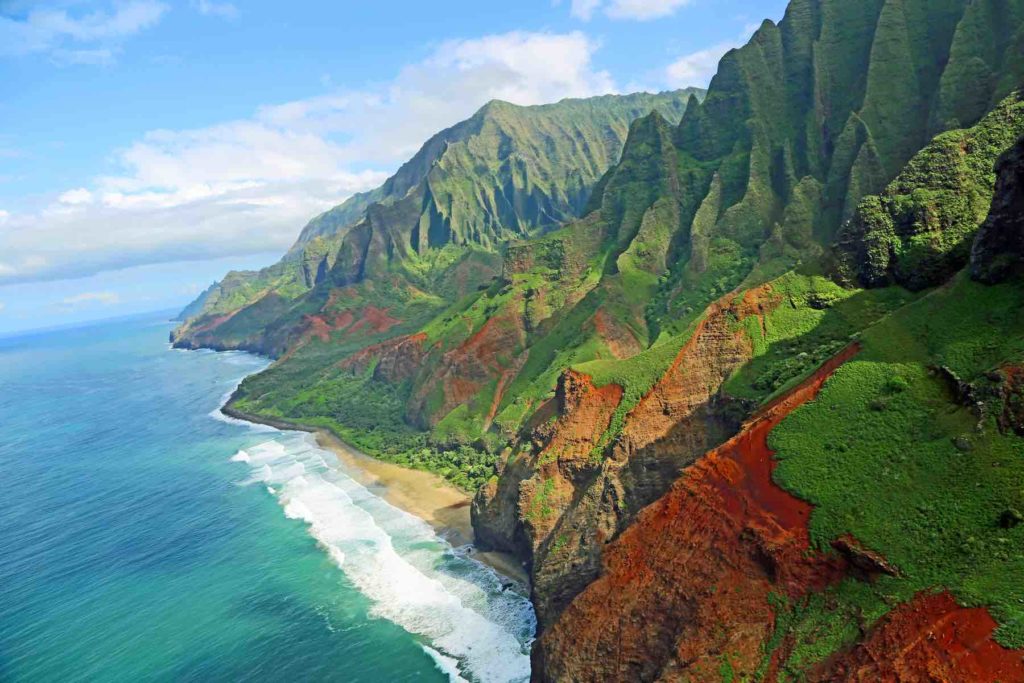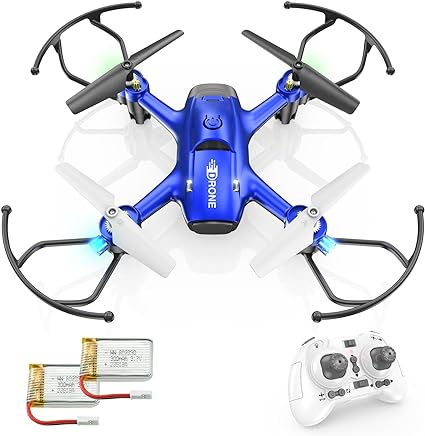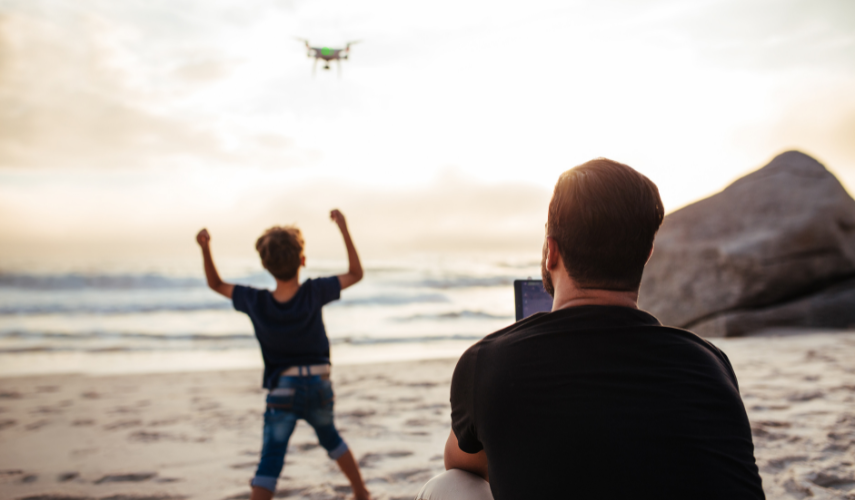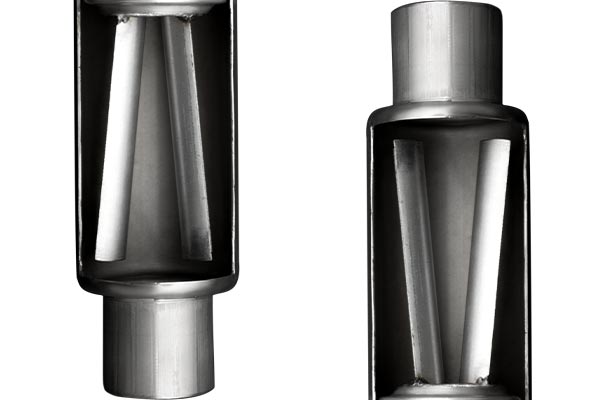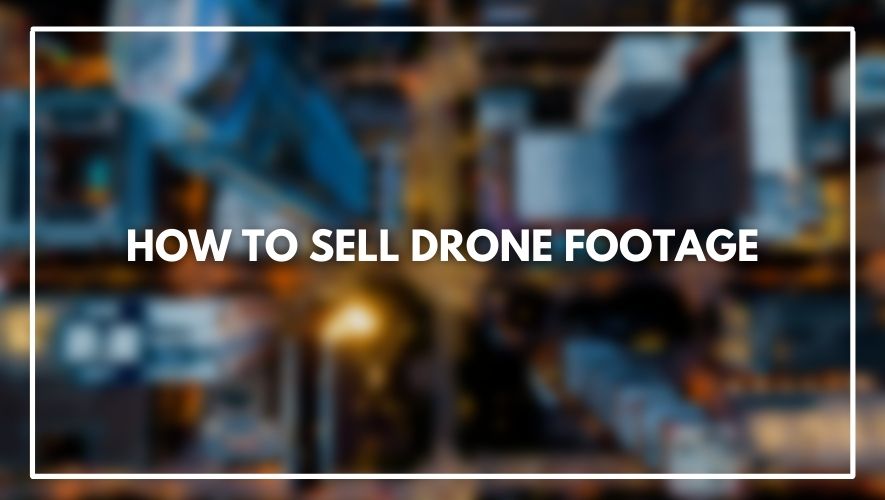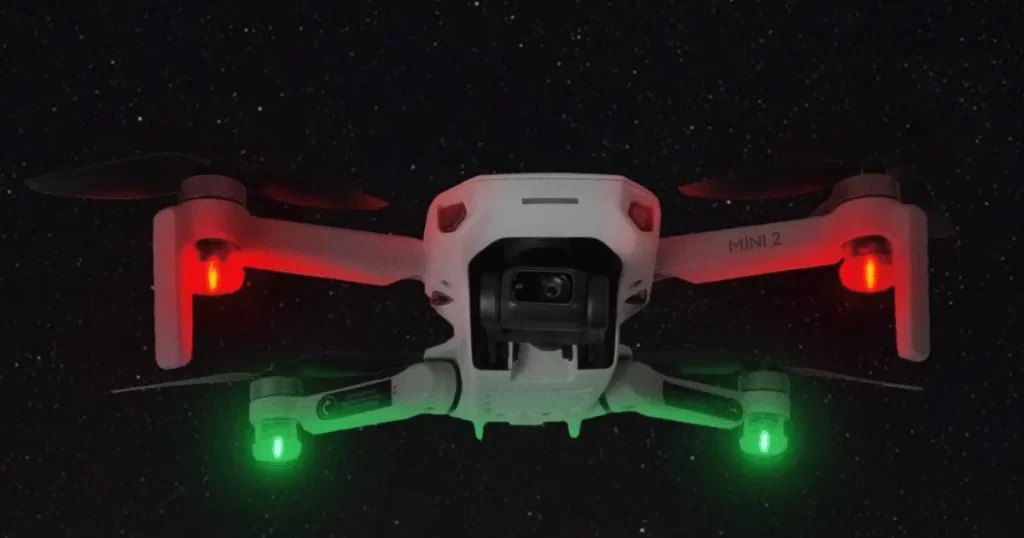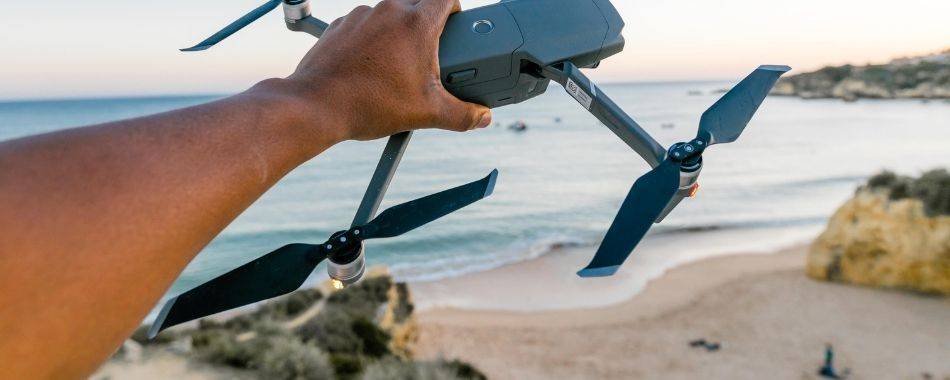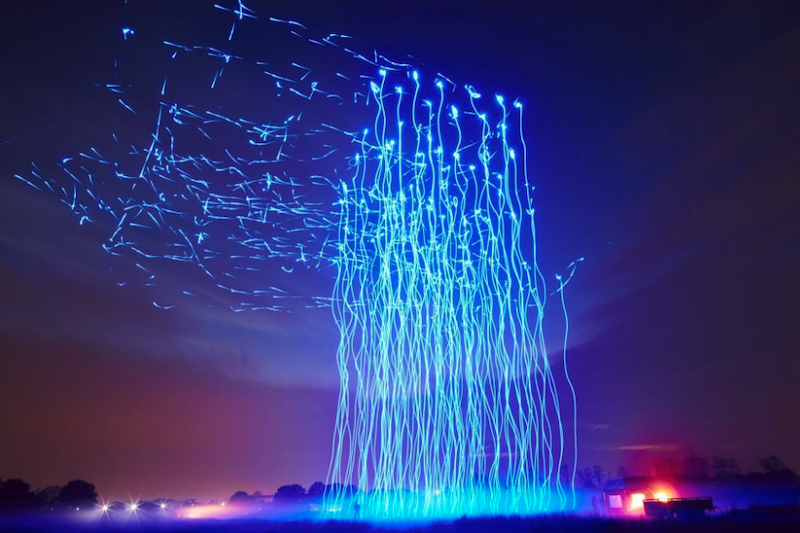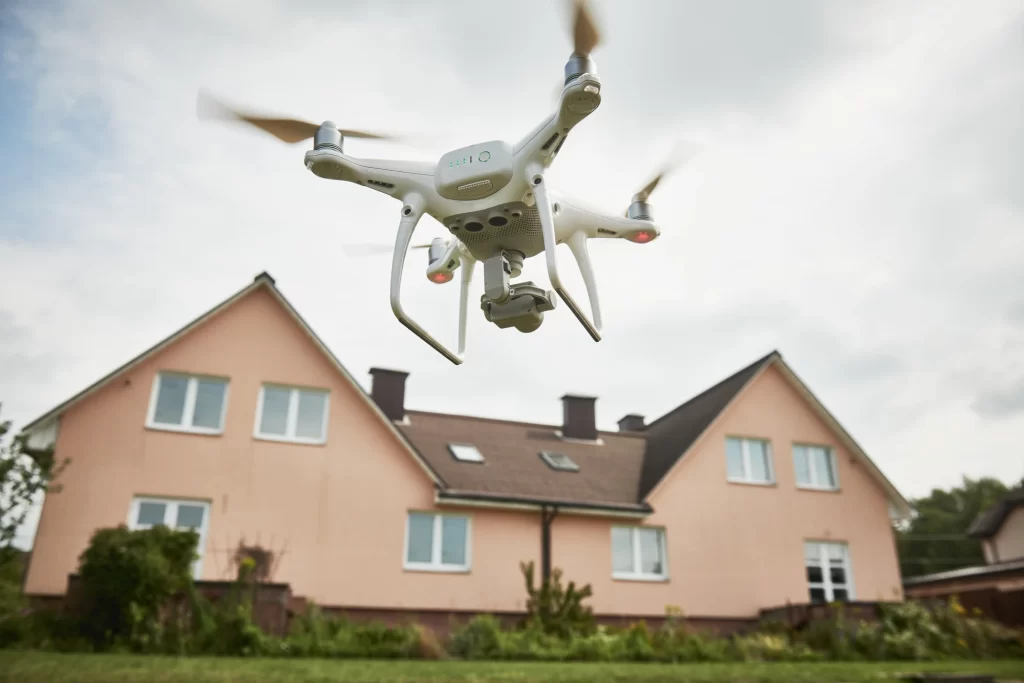Can You Fly a Drone in Hawaii. With its stunning natural beauty and picturesque landscapes, Hawaii is a dream destination for many. Unsurprisingly, drone enthusiasts are eager to capture the mesmerizing scenery from above. However, before you pack your drone and head to the Hawaiian Islands, it’s crucial to understand the rules and regulations governing drone flights in this tropical paradise. This comprehensive guide will explore whether you can fly a drone in Hawaii, the regulations you must follow, the best practices for responsible drone use, and how to make the most of your drone experience in Aloha State.
Understanding Drone Regulations in Hawaii
Drones, also known as Unmanned Aerial Vehicles (UAVs), are subject to the Federal Aviation Administration (FAA) regulations in the United States. When it comes to finding Drone in Hawaii at the beach then MightySkins Skin Compatible with DJI Ryze Tello Drone will be a good option. These federal regulations apply to all states, including Hawaii. Key points to consider include:
- Registration: If your drone weighs more than 0.55 pounds (250 grams), register it with the FAA. It applies to recreational and commercial drone operators.
- Altitude Limits: The FAA sets altitude limits for drone flights. In general, drones should be at most 400 feet above ground level.
- Visual Line of Sight: Operators must maintain a visual line of sight with their drones during flight. Flying beyond your line of sight is typically prohibited.
- No-Fly Zones: Certain areas in Hawaii, such as airports, national parks, and military installations, are designated as no-fly zones. Flying your drone in these areas is prohibited for safety and security reasons.
- Privacy Laws: When flying your drone in Hawaii, be mindful of privacy laws. Avoid capturing images or videos of individuals without their consent, especially in private settings.
- Remote Pilot Certification: If you plan to fly drones commercially (for profit) in Hawaii, you may need to obtain a Remote Pilot Certificate from the FAA by passing the Part 107 exam.
Can You Fly a Drone in Hawaii?
Yes, you can fly a drone in Hawaii, but it’s essential to adhere to the regulations set by the FAA and any additional local rules and guidelines. Here are some key considerations:
- Local Regulations: Besides federal regulations, Hawaii may have specific local rules and restrictions related to drone flying. It’s crucial to check with local authorities and the Hawaii Department of Transportation (HDOT) for regional rules.
- No-Fly Zones: Hawaii has several no-fly zones, including airports, military bases, and national parks. Check for restricted areas and obtain necessary permissions for flying in controlled airspace.
- Altitude Limits: The 400-foot altitude limit established by the FAA also applies to drone flights in Hawaii. Exceeding this limit may result in violations.
- State Parks: Some Hawaii state parks may have their own rules regarding drone use. Research and confirm if drones are allowed in specific state parks before flying.
- Safety Precautions: Prioritize safety during your drone flights. Avoid flying near people, animals, or sensitive environments like coral reefs. Be aware of changing weather conditions and wind patterns.
- Beach Flying: Hawaii’s beautiful beaches are a tempting location for drone flights. However, be cautious of beachgoers and maintain a safe distance to prevent accidents or disturbances.
Tips for Flying Your Drone in Hawaii
To make the most of your drone experience in Hawaii while ensuring safety and compliance, consider these tips:
- Research Local Rules: Familiarize yourself with Hawaii’s federal and local regulations. Check for any updates or specific restrictions related to your intended flying location.
- Check Weather Conditions: Hawaii’s weather can change rapidly. Always check weather conditions before flying to avoid unexpected challenges or emergencies.
- Respect Wildlife: Hawaii is home to unique and fragile ecosystems. Avoid disturbing wildlife or nesting birds during your drone flights.
- Secure Permissions: If you plan to fly in areas requiring special permissions, such as national parks or restricted airspace, secure those permissions well in advance.
- Carry Spare Batteries: Ensure you have spare drone batteries, especially if you intend to fly in remote areas where recharging may not be possible.
- Responsible Photography: Be considerate when capturing images or videos. Respect people’s privacy and obtain consent if necessary.
FAQs
Can I fly my drone at any beach in Hawaii?
Flying a drone at a beach in Hawaii is generally allowed, but following federal and local regulations is essential. Check for any specific rules related to the beach you plan to visit.
Are there any drone clubs or communities in Hawaii?
Yes, there are drone clubs and communities in Hawaii where you can connect with fellow drone enthusiasts, share experiences, and stay updated on local drone-related activities.
Can I fly my drone over volcanoes in Hawaii?
Flying drones over Hawaii’s volcanoes, such as those in Hawaii Volcanoes National Park, is typically prohibited due to safety and environmental concerns. Check with park authorities for any exceptions.
Conclusion
Exploring Hawaii’s breathtaking landscapes and pristine beaches through drone photography can be a memorable experience. However, it’s essential to approach drone flying in Hawaii responsibly and comply with regulations. By understanding federal and local rules, respecting the environment and privacy, and prioritizing safety, you can enjoy the beauty of Aloha State from a unique perspective while being a responsible drone operator.

